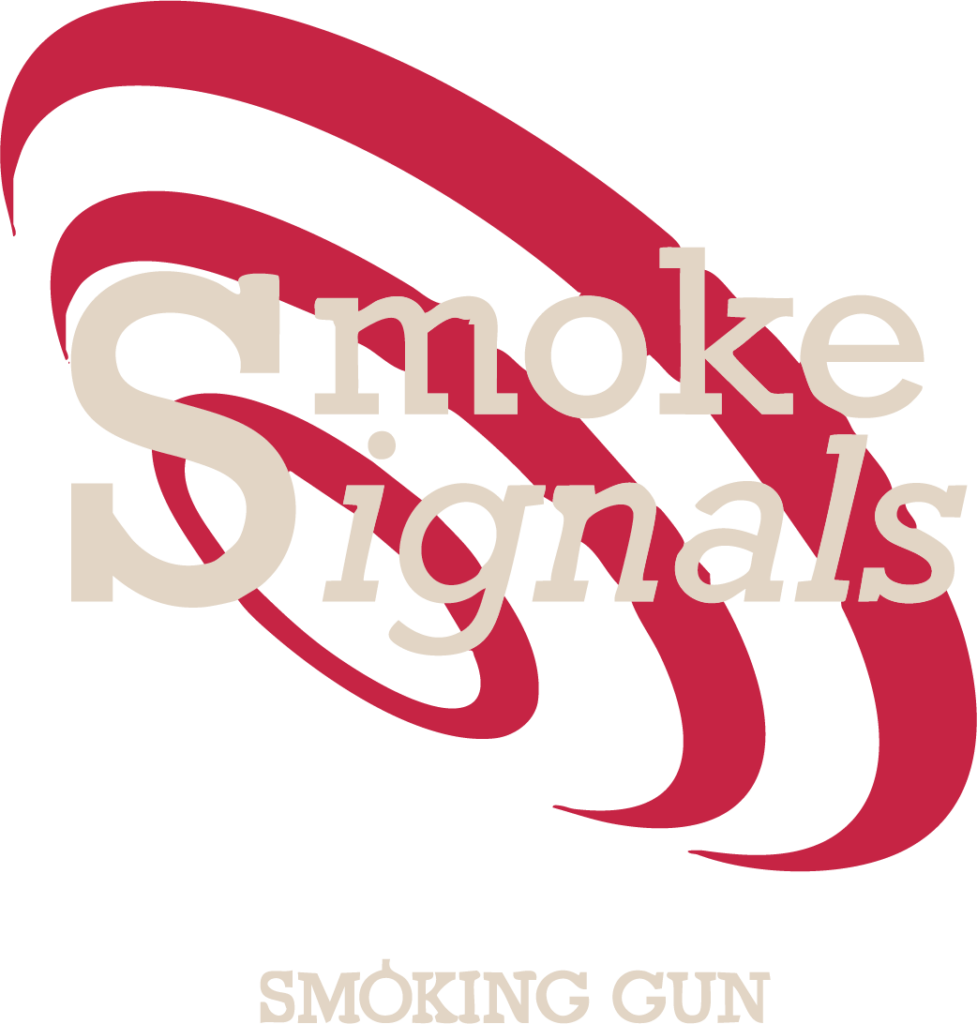
By now there’s a good chance everyone has heard of experiential marketing. Just in case, though, let’s quickly recap.
As per widespread industry musings last year, millennials prefer experiences to ownership, a claim made all the more believable when you consider the so-called sharing economy. Products are rented or borrowed rather than bought, car share deals are made, as are agreements on odd jobs in exchange for similar favours. People are sacrificing having things so they can pay to do things.
Understandably, brands are looking to exploit this by developing marketing campaigns as experiences, and one particularly interesting area therein is experiential entertainment marketing. Which has nothing to do with record labels, film studios or TV shows. Well, not really, anyway.
Let’s consider our client, Red Bull. A globally recognised drinks giant, each year it hosts the Red Bull Music Academy in a different city across the world. After a series of warm up events in other international locations, and a judging process that involves sifting through millions of entries from amateur producers, DJs and live artists, a select few are flown out to the main event- one month of workshops with high profile pros, supplemented by parties, gigs, and club events open to the public.
Once it’s all over for another 12 months, a state of the art studio- built specifically for the Academy- is left behind, and becomes free for anyone in town to use. The result is two-pronged; new names are established who will forever see this process as favourable (references appear in interviews for years after each edition), and attendees will always remember when the extravaganza came to their town. In return, Red Bull’s branding gets seen by a greater number of eyes, and the firm is elevated to the status of ‘credible company’ within a notoriously fickle sector.
House of Vans is another case in point. Vans, the skate shoe and clothing firm, began this initiative in the U.S. before opening the first permanent European location in London during 2014. Taking a disused space, inside it built a stage for music, exhibition areas for street art, a fully functioning skate park, bar and chill out zones. Once in place, this became a one stop shop for all forms of entertainment associated with skate culture, meaning visitors were much more likely to spend lengthy periods of time in the premises, whilst being exposed to logos.
In Iowa, Bass Pro Shops Outdoor World has a 15,000 square foot nautically-themed bowling alley acting as a major selling point to get people through the shop’s door. Disney Stores are also interesting models. In some outlets, customers might walk past a ‘magic mirror’ holding a tiara and watch as Cinderella suddenly appears in the ‘reflection’ with a message. And that’s already an outdated example- with the advent of NFC, Apple’s beacons and other mobile technology, this kind of concept is only going to become more commonplace.
Of course we’re talking about multi-million pound ventures undertaken by huge companies, if not multinationals. But this world is far from exclusive. With a little creativity, an understanding of the interests your target customers have aside from your products (easy to gain thanks to Big Data), coming up with a great idea on how to offer something they will remember that also ensures they remember the brand doesn’t have to take too long, or indeed cost that much.
Our Awards
Why stop at global stardom and incredible sales? When our clients work with us, they get the silverware to boot. We’re not into tooting our own horns, but the awards we’ve won with our clients are too good to miss…









